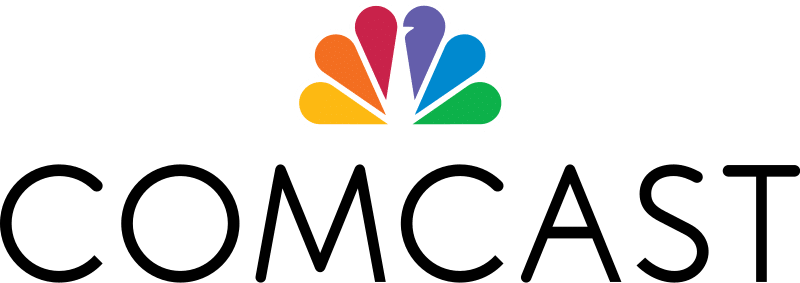A Brave New (Online) World
In an ever-changing digital landscape a person’s ability to learn, believe, and spread both mis and disinformation is becoming more common. With the rise in foreign disinformation campaigns, artificial intelligence, along with the expansion of social media, information is harder to verify. Through this learning article, OMSI, in tandem with other online resources, can help you beat out the noise and find the truth.
Understanding the Media Landscape
With the rapid advancement and accessibility of artificial intelligence (AI) tools, disinformation, information that is intentionally designed to deceive the reader, and misinformation, information that is false or inaccurate, has spread farther and faster than ever. For these reasons it is extremely important to understand, detect, and analyze the information we consume. Processes such as Civic Online Reasoning (COR) can help us.
Deciphering the Truth
Developed by the Digital Inquiry Group-the team behind Stanford University’s History Education Group, Civic Online Reasoning is the skill of critically evaluating online information to make informed decisions as a responsible citizen. In our digital age, where information is just a click away, it’s essential for everyone—especially families and young learners—to develop the ability to sift through the vast amount of content available on the internet. This skill helps us determine what’s true, what’s not, and how to engage in thoughtful discussions about important topics.

It is important to investigate who is spreading the information you are consuming. Bad faith actors might be putting out misleading or fraudulent info to push their own agenda.
Ponder these questions:
-Where is their funding from?
-What is their mission or perspective?
-What might their motivations be for presenting this information?
Not all evidence is created equal. Sources might not be as credible as they seem. Analyzing the data we consume and critically thinking about it is key to understanding reality.
Delve into these questions:
-What is the source of the evidence? Is that source trustworthy?
-Is the evidence enough to fully support the claim?
-What’s missing? What would be better evidence?
Cross checking information is crucial to see if the information is legitimate. Corroborating arguments and verifying information across various online publications is the best way to fact check claims.
Think about these questions:
-What is the same? What is different? What trends emerge?
-Is there agreement? Why? Is there disagreement? Why?
-What is the perspective of the other sources?
Here are some resources that can help you discern credible information from mis or disinformation.
Smart(phone) Kids living in the Disinformation Age
Younger generations are navigating a very expansive (and sometimes perilous) online world. It is a key skill to discern and evaluate the quality of information they are consuming as it pertains to making informed decisions. Today’s biggest existential threats all have valid and invalid information surrounding them which makes engaging in discourse more difficult than ever.
Negating Netizen Nonsense
Gen Z and Gen Alpha have grown up with smartphones and social media, for better or worse. Despite their ability to navigate these platforms, recent studies show they might struggle to tell fact from fiction online. A survey conducted by the Center for Countering Digital Hate revealed that teens aged 13 to 17 are more likely than adults to believe in various online conspiracies, especially if they spend a lot of time on social media. This highlights the importance of teaching digital media literacy in schools to help teens critically evaluate the information they encounter.
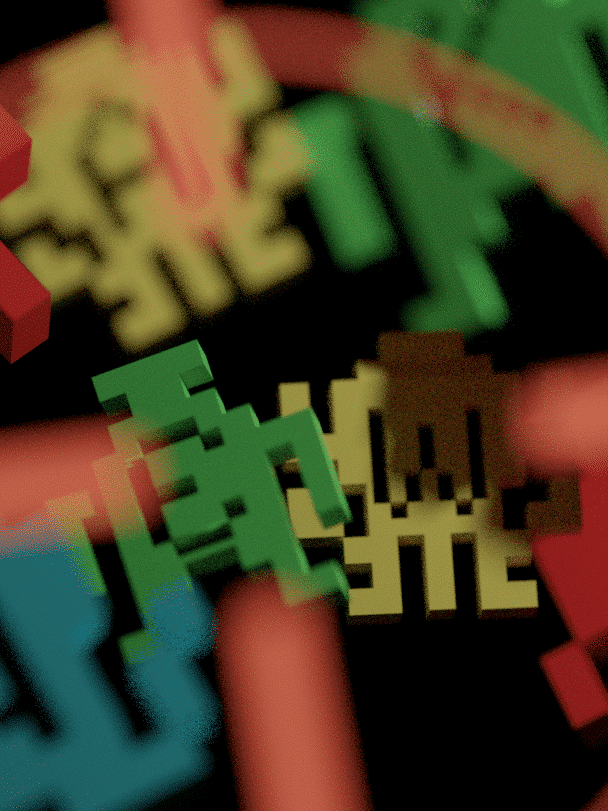
The research indicates that about 60% of teens agree with at least four different conspiracy theories, compared to 49% of adults. Notably, those who are heavy social media users—spending four or more hours a day on these platforms—are even more likely to believe in these theories. Some of the most popular conspiracies among teens include ideas about a “deep state” controlling the government and anti-vaccine beliefs. This suggests that as teens are exposed to more misinformation through social media, they may internalize these false narratives more easily.
To tackle the problem of false information, experts suggest two main strategies. First, we need to help people learn how to spot and question fake information. Processes like Civic Online Reasoning can help with this. This can be done through education and resources that teach critical thinking skills. Second, technology companies should create better systems to stop fake news from spreading in the first place, like improving their algorithms and checking sources before allowing content to go viral. By working together, we can build a healthier information environment!
Check out these articles speaking about how to best support young people to gather real information online.
Test Your Skills
Now it’s time to test your online reasoning skills! Look at these 3 articles and decide which one is the most credible.
Source A
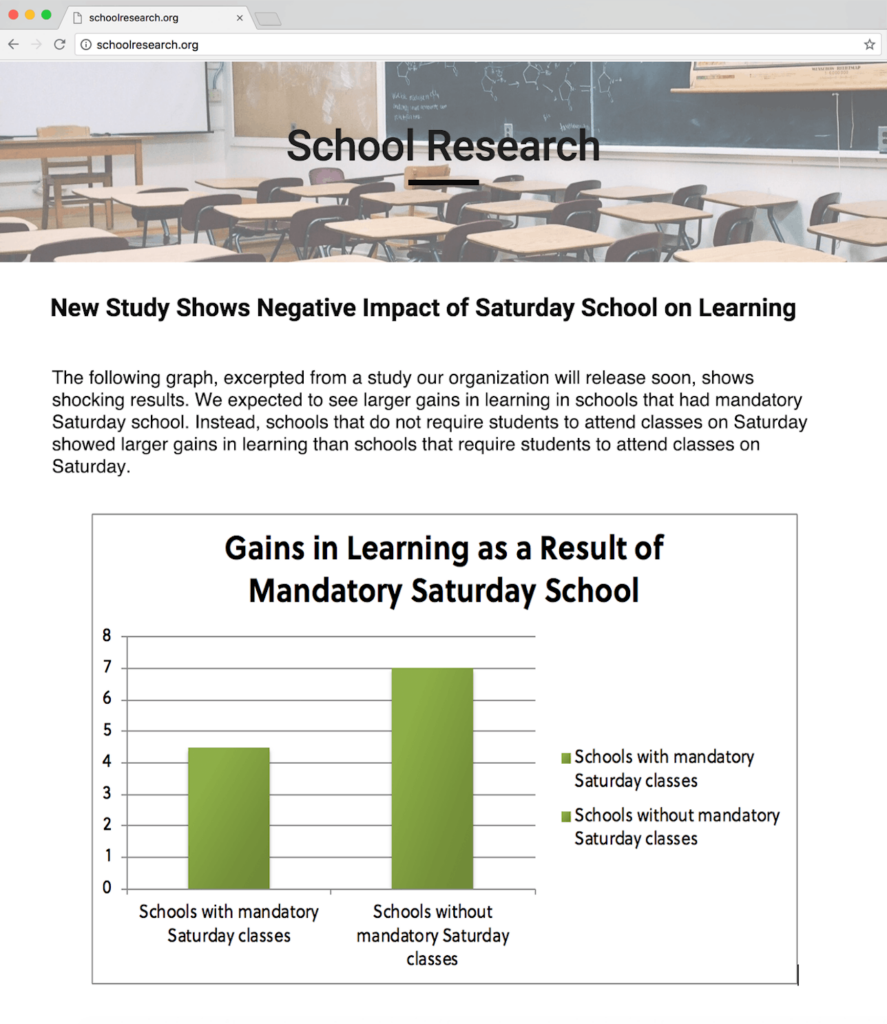
Source B
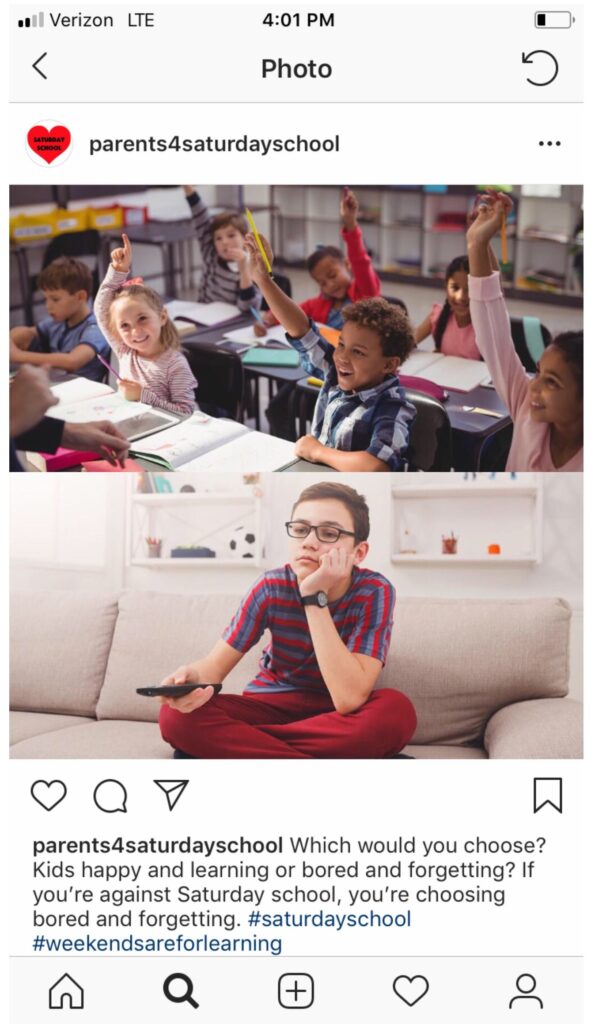
Source C
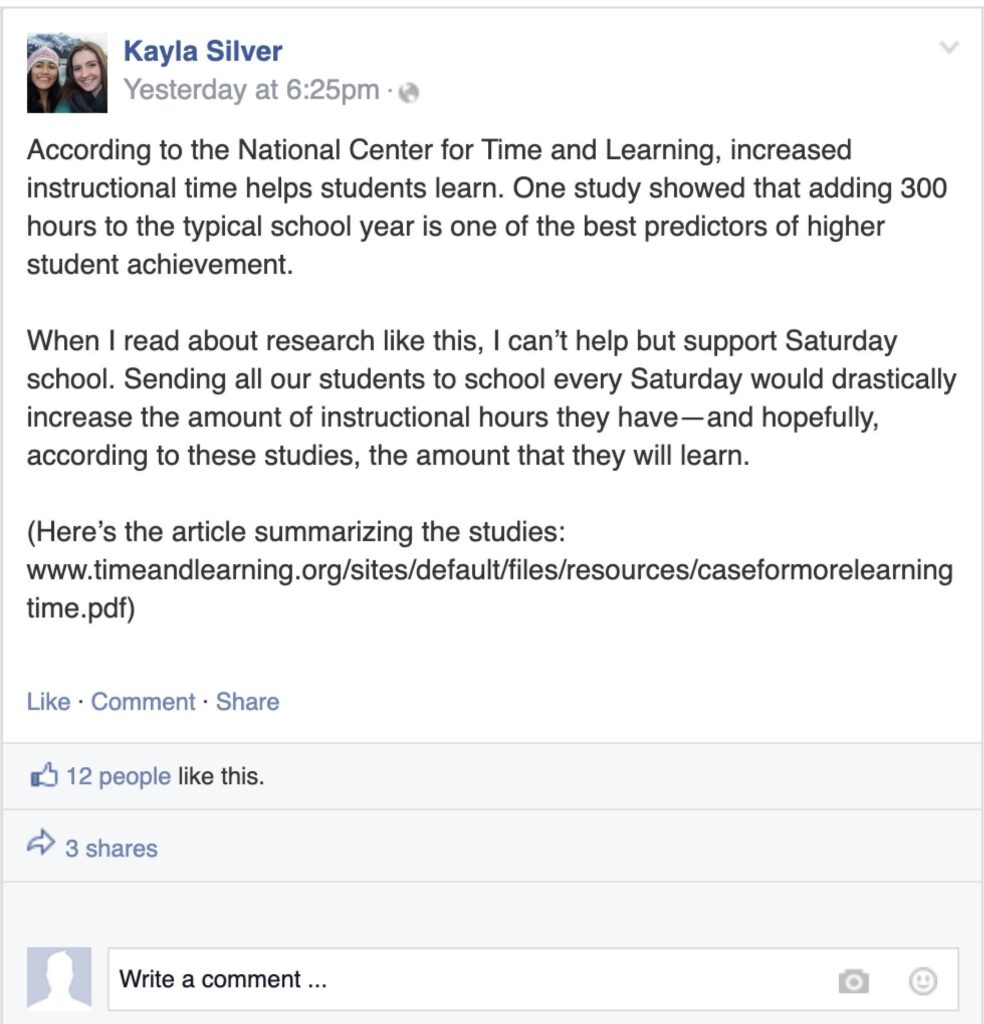
Begin COR
Remember the steps of Civic Online Reasoning? Take time to observe who’s behind the information, evaluate the credibility of the evidence, and see if there are sources corroborating the information of each piece. What patterns start to emerge? Which one do you feel is the most trustworthy and accurate?
source: Civic Online Reasoning
What did you observe?
Source Credibility: Source B comes from a respected local newspaper’s “Science” section, lending credibility as it reports on a study linking increased school hours (300+) to improved student achievement. In contrast, Source C is from a teachers’ union newsletter, representing teachers’ perspectives.
Content Comparison: While both sources reference the same study by a Harvard researcher, Source B discusses three methods for adding school hours (extending days, shortening summer, and Saturday school) without strong advocacy, whereas the blog post (noted in Source B) strongly supports Saturday school.
Diverse Perspectives: Source C explores multiple studies, presenting both supportive and critical viewpoints on extended learning time. It highlights arguments against increased hours, citing stress levels among students and teachers and the lack of a global trend toward expanded learning time.
Importance of Source Verification: Checking multiple sources enhances understanding and mitigates the risk of bias. In the digital age, discerning credible information is crucial, as online content can vary significantly in reliability. Engaging with diverse perspectives fosters a well-rounded view of complex issues.
